Medicine delivery apps like 1mg, Netmeds, and CVS Pharmacy have changed the way people buy medicines, making home delivery easier than ever. A few years ago, developing an App like 1mg was uncommon, but today, the demand for such platforms is growing rapidly.
Today, the ePharmacy market is set to jump from $72.9 billion in 2023 to $258.6 billion by 2033. That’s a huge rise of 19.8% each year, showing the demand for medicine delivery app development is stronger than ever. Source: market us
But developing a home delivery medicine app isn’t easy. Following laws, getting pharmacy approvals, ensuring payment security, and building customer trust can be major challenges. Many businesses rush in without a clear plan and end up with unexpected costs, legal issues, or unhappy users.
This guide will help you understand every step, from research and finding the right medicine delivery app development company to cost, features, and mistakes to avoid. Let’s explore how to build a successful medicine delivery app like 1mg the right way.
Is Medicine Delivery App Development a Profitable Business in 2025?
The answer is a resounding YES. The demand for medicine delivery app development is rising as more people prefer ordering medicines online instead of visiting physical pharmacies. The convenience of doorstep delivery, digital prescriptions, and contactless payments has made online pharmacies a necessity rather than a luxury.
Growing Consumer Demand
- More than 85% of consumers now look for discounts, fast delivery, and easy access to medicines through apps.
- Elderly patients and people with chronic conditions rely on home delivery medicine apps for regular medication refills.
- The rise of telemedicine and digital healthcare has further increased the need for integrated medicine delivery applications.
Revenue Opportunities for Businesses
A well-built medicine delivery app solution can generate revenue through:
- Commissions on medicine sales from partner pharmacies.
- Subscription plans for premium services like faster delivery or consultation access.
- Advertisements and featured listings for pharmaceutical brands.
The demand for medicine delivery application development is growing, and businesses that invest now can establish themselves in this profitable market before competition intensifies.
How a Medicine Delivery App Works (Front-End & Back-End)
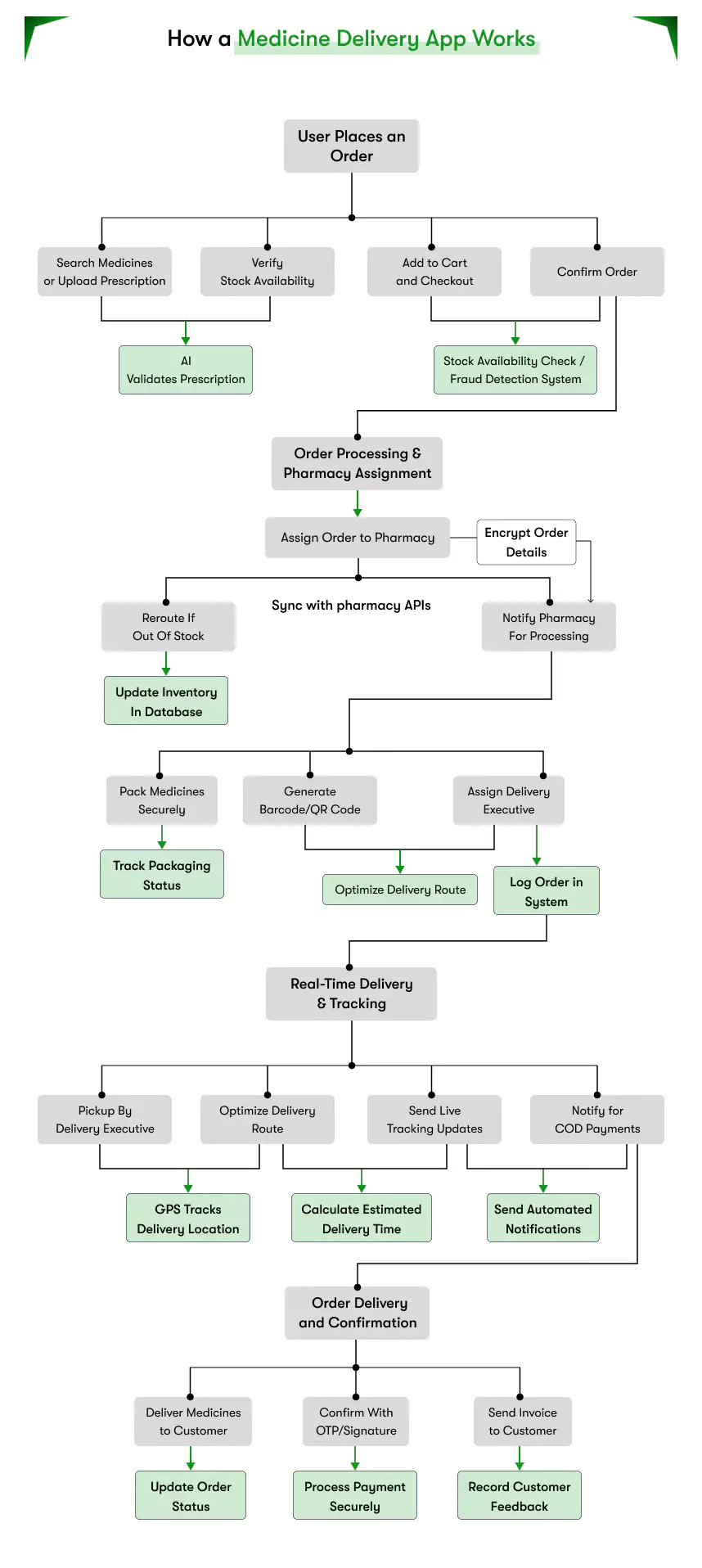
A medicine delivery app connects customers, pharmacies, and delivery providers to ensure medicines are ordered, verified, and delivered efficiently. While users experience a smooth ordering process, the back-end system handles complex tasks like prescription validation, stock updates, payment security, and compliance.
Understanding how both the front-end (user experience) and back-end (system operations) work is essential before investing in medicine delivery app development.
1. User Places an Order
- The customer searches for medicines or uploads a digital prescription.
- The app verifies medicine availability by connecting to the pharmacy’s database.
- The user adds medicines to the cart, selects a payment method, and confirms the order.
Back-End Workflow:
- AI-powered prescription validation ensures authenticity.
- The system checks real-time stock availability from pharmacies.
- Fraud detection algorithms analyze the order to prevent misuse of prescription drugs.
2. Order Processing & Pharmacy Assignment
- The system auto-assigns the order to the nearest pharmacy based on stock and location.
- If the pharmacy is out of stock, the system reroutes the order to another supplier.
- The pharmacy receives a real-time notification to start processing the order.
Back-End Workflow:
- The centralized database manages stock updates and order tracking.
- The system syncs with pharmacy inventory APIs to ensure product availability.
- Order details are encrypted for security and compliance.
3. Medicine Packaging & Handover
- The pharmacist packs the medicines securely, following safety regulations.
- A barcode or QR code is generated and scanned to update the order status.
- A delivery executive is assigned to pick up the order.
Back-End Workflow:
- The system tracks order packaging status and assigns delivery personnel based on location.
- AI-powered route optimization ensures fast delivery.
- The order is logged in the delivery management system for tracking.
4. Real-Time Delivery & Tracking
- The delivery executive follows an optimized route through the app.
- The customer receives real-time tracking updates.
- If the payment is cash on delivery (COD), the app notifies the delivery executive.
Back-End Workflow:
- GPS tracking integration provides live location updates.
- The system calculates estimated delivery time based on traffic and distance.
- Notifications are triggered through push messages, SMS, or email.
5. Order Delivery & Confirmation
- The delivery executive hands over the medicines to the customer.
- A one-time password (OTP) or digital signature confirms successful delivery.
- The customer receives an invoice via email or in-app.
Back-End Workflow:
- The system marks the order as completed and updates inventory records.
- Payment gateways process any remaining transactions securely.
- The app logs user feedback and ratings for service quality tracking.
6. Post-Delivery & Customer Engagement
- Customers can rate the service and leave feedback.
- The app sends reordering reminders for regular medicines.
- AI tracks user behavior to offer personalized recommendations and discounts.
Back-End Workflow:
- Customer data is analyzed using AI to improve recommendations.
- Automated CRM systems handle feedback and customer queries.
- The system ensures compliance with healthcare data protection laws (HIPAA, GDPR).
The Role of the Back-End System in Medicine Delivery Apps
A medicine delivery application relies on a powerful back-end system to keep operations smooth, secure, and compliant. Here’s what happens behind the scenes:
- Centralized Database & API Integrations – Manages user data, pharmacy details, stock levels, and orders. Connects with third-party APIs for payment processing, prescription verification, and delivery tracking.
- AI-Powered Order & Inventory Management – Allocates orders efficiently, updates stock in real-time, and prevents prescription misuse through automated fraud detection.
- Secure Payment Gateway Processing – Supports multiple payment methods (cards, wallets, UPI, COD) with end-to-end data encryption.
- Real-Time Order Tracking & Notifications – Uses GPS tracking for deliveries and sends automated status updates via push notifications, SMS, or email.
- Regulatory Compliance & Data Security – Ensures adherence to HIPAA, GDPR, and regional healthcare regulations by encrypting customer and prescription data.
A well-structured front-end and back-end system ensures fast order processing, smooth pharmacy coordination, and secure transactions—critical factors in the success of medicine delivery app development.

Benefits of Medicine Delivery App Development for Businesses
Investing in medicine delivery app development is not just about following a trend. It is about building a profitable and scalable business in a growing industry. As more customers prefer online medicine delivery, businesses that adopt this model early can gain a competitive advantage and increase revenue.
1. Expands Market Reach Beyond Local Pharmacies
Traditional pharmacies serve only nearby customers, limiting their growth. A medicine delivery app removes this barrier by allowing businesses to:
- Reach a wider audience across cities or even internationally.
- Cater to elderly, remote, and busy customers who prefer online purchases.
- Offer 24/7 availability, unlike physical stores with fixed hours.
2. Multiple Revenue Streams for Higher Profits
A home delivery medicine app is not just about selling medicines. It can generate revenue in multiple ways:
- Commission-based model, where businesses earn a percentage from pharmacy sales.
- Subscription plans for premium services like express delivery or teleconsultations.
- Featured listings and ads that allow pharmacies or medicine brands to promote their products.
With these models, businesses can create a sustainable and recurring revenue system.
3. Cost Savings with Automated Operations
Managing a physical pharmacy comes with high operational costs, including rent, staff salaries, and inventory handling. A medicine delivery application helps reduce expenses by:
- AI-driven inventory management to track stock in real time and prevent overstocking.
- Automated order processing to reduce the need for additional staff.
- Lower customer acquisition costs through built-in marketing tools like push notifications and personalized offers.
4. Increased Customer Retention and Loyalty
- Personalized recommendations based on customer purchase history keep users engaged.
- Subscription-based medicine refills ensure customers return regularly.
- Loyalty programs and discounts encourage repeat purchases.
These strategies help businesses build a strong and loyal customer base over time.
5. Improved Business Scalability with Data Insights
A medicine delivery app provides businesses with valuable data to improve decision-making. Businesses can:
- Track top-selling medicines to optimize inventory.
- Monitor user behavior to refine marketing strategies.
- Analyze peak order times to adjust staffing and delivery schedules.
With these insights, businesses can scale efficiently without unnecessary costs.
6. Competitive Advantage in a Fast-Growing Industry
The online pharmacy industry is expanding rapidly, but many businesses still operate traditionally. By investing in medicine delivery app development, companies can:
- Differentiate themselves from local competitors.
- Meet customer expectations for faster, digital-first healthcare solutions.
- Future-proof their business against disruptions in the retail pharmacy sector.
Why Now is the Best Time to Invest in Developing an App like 1mg for Medicine Delivery?
The demand for home delivery medicine apps is rising, and businesses that act early can establish themselves before the market becomes saturated. Partnering with a medicine delivery app development company can help build a cost-efficient, scalable, and revenue-generating platform that meets modern healthcare needs.
Medicine Delivery App Features for Users, Pharmacies, and Admins to Drive Revenue
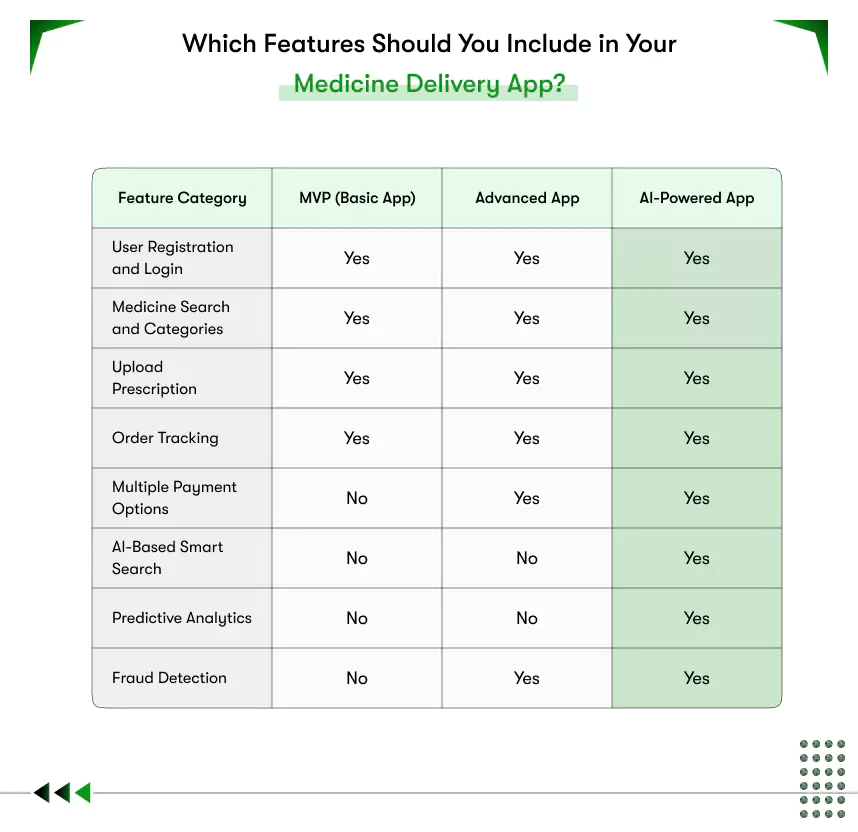
To develop a successful medicine delivery app, businesses need features that ensure seamless user experience, compliance, and operational efficiency. A well-designed app includes basic features for core functionality, advanced features for a competitive edge, and AI-powered features for automation and personalization.
Here is a complete breakdown of essential features to develop an App like 1mg for home medicine delivery
1. User Panel Features (For Customers)
Basic Features of the User Panel (Customer Side)
- User Registration and Profile Management – Sign up via email, phone number, or social media. Users can manage their details, address, and medical history.
- Medicine Search and Categories – A searchable database to find medicines by name, category, or symptoms.
- Upload Prescription – Users can upload prescriptions for validation and order medicines accordingly.
- Add to Cart and Checkout – A smooth shopping experience with multiple payment options.
- Order Tracking and Notifications – Live tracking of medicine delivery status and real-time alerts.
- Secure Payment Integration – Supports multiple payment methods like credit or debit cards, wallets, UPI, and cash on delivery.
- Order History and Reorder Option – Users can view previous orders and reorder medicines easily.
- Customer Support and Chat – In-app support via chatbot or live chat with pharmacists.
Advanced Features of the User Panel (Customer Side)
- Subscription-Based Medicine Refills – Automated monthly medicine deliveries for chronic patients.
- Multi-User Profiles – Users can create profiles for family members and order medicines on their behalf.
- Doctor Consultation Integration – Telemedicine feature to consult doctors and receive digital prescriptions.
- In-App Wallet and Rewards – A digital wallet for quick payments and reward points for loyalty.
- Pill Reminder and Dosage Tracking – Automated alerts for medicine intake based on doctor prescriptions.
- Multi-Pharmacy Option – Users can choose a preferred pharmacy or compare prices from multiple pharmacies.
- E-Prescription Storage – Saves digital prescriptions securely for future orders.
- Health and Wellness Products – Option to buy supplements, fitness products, and medical devices.
AI-Powered Features of the User Panel (Customer Side)
- AI-Driven Smart Search – Suggests medicines based on symptoms, previous orders, and user behavior.
- Personalized Recommendations – AI analyzes purchase history to offer relevant medicines and health products.
- Voice Search and Chatbot Assistance – Users can search for medicines or ask health-related queries using voice commands.
- Fraud Detection and Prescription Validation – AI ensures uploaded prescriptions are authentic and prevents abuse of restricted drugs.
2. Pharmacy Panel Features (For Medicine Sellers)
Basic Features of the Pharmacy Panel (Medicine Sellers)
- Pharmacy Registration and Dashboard – Pharmacies can register, update business details, and manage orders.
- Inventory Management – Track stock availability and receive alerts for low-stock medicines.
- Order Management – Accept, process, and update order status in real-time.
- Prescription Verification – Review and approve prescriptions before processing orders.
- Sales Analytics and Reports – Monitor revenue, order trends, and stock movements.
- Pharmacy Profile and Reviews – Displays pharmacy details, working hours, and customer reviews.
Advanced Features of the Pharmacy Panel (Medicine Sellers)
- Automated Stock Updates – Syncs pharmacy inventory with the app to show real-time medicine availability.
- Discount and Offer Management – Pharmacies can create and manage discounts for specific medicines.
- Multi-Pharmacy Management – If a business owns multiple pharmacies, they can manage them from a single dashboard.
- QR Code-Based Medicine Scanning – Pharmacies can scan barcodes or QR codes for quick stock updates and order management.
- AI-Powered Demand Forecasting – Predicts demand for medicines and helps pharmacies stock accordingly.
AI-Powered Features of the Pharmacy Panel (Medicine Sellers)
- Dynamic Pricing Engine – Adjusts medicine prices based on demand, availability, and competition.
- Auto-Approval of Orders – AI filters orders for common medicines, reducing manual work.
- Intelligent Customer Insights – AI analyzes buying patterns to suggest best-selling medicines for stocking.
3. Delivery Partner Panel Features (For Delivery Agents)
Basic Features of the Delivery Partner (For Delivery Agents)
- Profile Registration and Verification – Drivers can sign up, upload ID proof, and get verified.
- Order Pickup and Delivery Status – View assigned orders, update pickup, and confirm delivery.
- Navigation and Route Optimization – GPS-powered routes for fast and efficient deliveries.
- Earnings and Payout Tracking – Drivers can view earnings and request payouts.
Advanced Features of the Delivery Partner (For Delivery Agents)
- Multiple Order Handling – Drivers can pick up and deliver multiple orders in one trip.
- Live Chat with Pharmacies and Customers – Enables communication for better coordination.
- Delivery Scheduling – Drivers can schedule their availability in advance.
- Proof of Delivery with Digital Signature – Customers sign digitally to confirm order receipt.
AI-Powered Features of the Delivery Partner (For Delivery Agents)
- AI-Based Route Optimization – Suggests the fastest delivery routes based on traffic and order priority.
- Smart Order Allocation – Assigns deliveries based on location and driver availability to reduce delays.
- Real-Time Delivery Tracking and ETA Prediction – AI calculates accurate delivery time for better customer experience.
4. Admin Panel Features (For Business Owners and App Management)
Basic Features of the Admin Panel (Admin Side)
- User and Pharmacy Management – View, verify, and manage users, pharmacies, and delivery agents.
- Order and Payment Tracking – Monitor transactions and order fulfillment status.
- Complaint and Query Handling – Manage customer feedback, complaints, and support requests.
- Push Notifications and Alerts – Send promotional offers and order updates to users.
- Content and Information Management – Admin can update terms and conditions, FAQs, and privacy policies.
Advanced Features of the Admin Panel (Admin Side)
- Marketing and Promotions Management – Create discount codes, referral programs, and loyalty rewards.
- Multi-Currency and Multi-Language Support – For businesses operating in different regions.
- Dynamic Commission and Revenue Tracking – Adjust commission rates for different pharmacies.
- Subscription and Membership Management – Admin can create premium plans for users.
AI-Powered Features of the Admin Panel (Admin Side)
- Automated Fraud Detection – Identifies suspicious activities in payments and prescription uploads.
- Predictive Analytics for Business Growth – AI analyzes sales trends to suggest business strategies.
- Customer Retention Insights – AI tracks user behavior to recommend personalized marketing campaigns.
- Smart Inventory Optimization – AI predicts seasonal demand changes and recommends stock adjustments.
For startups, an MVP version with essential features is ideal. As the business scales, integrating advanced and AI-powered features enhances efficiency and user experience. If you want to develop an app like 1mg, it is crucial to choose the right development partner who understands market demands, user expectations, and industry regulations. The right approach ensures your app is scalable, secure, and optimized for maximum revenue growth.
Now that you know the essential features, the next step is to understand the cost to develop a medicine delivery app and the factors that affect pricing.
Step-by-Step Process to Develop an App Like 1mg for Medicine Delivery
Developing a medicine delivery app involves more than just coding. It requires careful planning, compliance with healthcare regulations, seamless UI/UX design, and strong back-end development.
Businesses that want to develop a medicine delivery app like 1mg need to ensure they follow a strategic process to create a secure, scalable, and user-friendly platform.
Here is a step-by-step guide to the entire medicine delivery app development process.
1. Market Research and Business Planning
Before starting development, businesses must analyze the market, competition, and target audience to create a solid business model.
Key Steps:
- Identify the target audience (elderly users, chronic patients, working professionals).
- Analyze competitor apps like 1mg, Netmeds, and CVS Pharmacy to find gaps in the market.
- Decide on the business model (commission-based, subscription-based, direct sales).
- Research healthcare laws and regulations (HIPAA, GDPR, FDA, local pharmacy regulations).
2. Defining Features and App Scope
Once the business strategy is clear, the next step is finalizing what features to include in the app. Businesses need to choose between:
- Minimum Viable Product (MVP): Basic features for a faster launch and lower cost.
- Full-Scale App: Advanced features like AI-based recommendations, teleconsultations, and automated refills.
Key Steps:
- List out essential features (user panel, pharmacy panel, admin panel, and delivery panel).
- Choose platforms (Android, iOS, or both).
- Decide between native app development (better performance) or cross-platform (cost-effective).
- Plan third-party integrations (payment gateways, telemedicine APIs, AI-based analytics).
3. UI/UX Design and Prototyping
A well-designed app must be simple, intuitive, and easy to navigate for all users, including elderly patients.
Key Steps:
- Wireframing: Sketch the app’s layout to define user flow.
- Prototyping: Create a clickable model of the app to visualize interactions.
- User Interface (UI) Design: Develop a clean, engaging, and brand-consistent design.
- User Experience (UX) Optimization: Ensure smooth navigation with one-tap ordering, easy search, and accessibility features.
4. Medicine Delivery App Development
This is where coding begins. The development phase is divided into front-end and back-end development.
Key Steps:
- Front-End Development: Building the app’s user interface for Android and iOS.
- Back-End Development: Setting up databases, servers, and APIs to handle orders, payments, and security.
- Integration of AI and Machine Learning: Smart search, fraud detection, and personalized recommendations.
- Cloud Infrastructure Setup: For data storage, security, and scalability.
5. Compliance and Security Implementation
Since a medicine delivery app deals with sensitive user and prescription data, compliance with healthcare and data privacy regulations is critical.
Key Steps:
- Implement HIPAA, GDPR, and FDA compliance to protect user data.
- Encrypt customer and payment information using SSL and end-to-end encryption.
- Apply multi-factor authentication for secure logins.
- Set up fraud detection systems to prevent unauthorized prescription use.
6. Testing and Quality Assurance (QA)
Testing is essential to ensure the app is bug-free, secure, and functions smoothly across different devices.
Key Steps:
- Functional Testing: Ensure all app features work properly.
- Performance Testing: Check loading speed, responsiveness, and app stability.
- Security Testing: Verify data encryption, payment security, and fraud detection mechanisms.
- User Acceptance Testing (UAT): Collect feedback from test users before launch.
7. Deployment and Launch
Once the app is tested and approved, it is ready for deployment on Google Play Store and Apple App Store.
Key Steps:
- Set up a secure cloud hosting environment.
- Optimize the app for app store guidelines and SEO for better visibility.
- Conduct a beta launch with a small audience before the full release.
8. Post-Launch Maintenance and Updates
Launching the app is not the final step. Regular updates and improvements are needed to keep the app competitive and bug-free.
Key Steps:
- Monitor app performance and user feedback for improvements.
- Release updates with new features and bug fixes.
- Scale the app by integrating more pharmacies and delivery partners.
Now that we understand the development process, the next step is to explore how much it costs to develop a medicine delivery app and the factors that influence pricing.
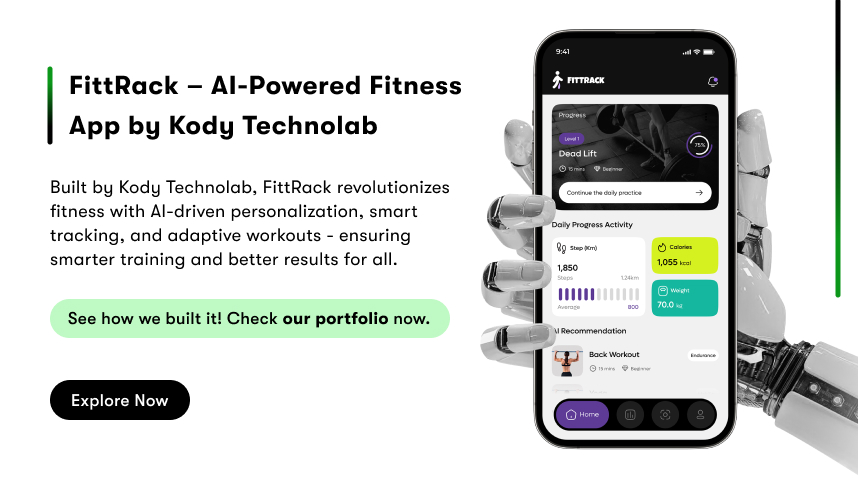
How Much Does It Cost to Develop a Medicine Delivery App?
The cost to develop a medicine delivery app depends on multiple factors, including features, app complexity, platform choice, development team location, and third-party integrations. A basic MVP app will cost significantly less than a full-scale AI-powered platform with advanced features.
In this section, we will break down the estimated cost range, key cost factors, and a detailed cost comparison based on features and development regions.
1. Estimated Cost to Develop an App like 1mg for Medicine Delivery
| App Type | Estimated Cost | Timeframe |
| Basic MVP App (Limited Features) | $30,000 – $60,000 | 3 to 4 months |
| Full-Featured App (iOS & Android) | $60,000 – $120,000 | 4 to 6 months |
| AI-Powered Medicine Delivery App | $120,000 – $250,000+ | 6+ months |
The actual cost will vary based on business requirements and customization.
2. Key Factors Affecting the Cost of Medicine Delivery App Development
1. App Complexity and Features
- A basic app with essential features like user login, medicine search, cart, and order tracking will cost less.
- A feature-rich app with AI-based recommendations, automated refills, and telemedicine will increase costs.
2. Platform Choice: Android, iOS, or Both
- Android or iOS (Native Development) – Higher cost but better performance.
- Cross-Platform (Flutter or React Native) – More cost-effective, but may lack native features.
3. UI/UX Design
- A simple UI costs less, while a custom, intuitive design with animations and micro-interactions increases costs.
4. Development Team Location
The development cost varies based on the region of the medicine delivery app development company.
| Region | Hourly Development Rate |
| USA, Canada | $80 – $150 |
| UK, Western Europe | $70 – $120 |
| Eastern Europe | $40 – $80 |
| India, Southeast Asia | $20 – $50 |
Hiring a team from India or Eastern Europe can reduce development costs significantly.
5. Third-Party API Integrations
- Payment Gateways (Stripe, PayPal) – $5,000 – $10,000
- GPS and Real-Time Tracking – $3,000 – $7,000
- Telemedicine API – $10,000 – $20,000
- AI-Based Smart Search – $8,000 – $15,000
6. Compliance and Security Measures
- Apps handling medical data must comply with HIPAA, GDPR, and local pharmacy regulations.
- Security features like data encryption, two-factor authentication, and fraud detection add to the cost.
3. Cost Breakdown Based on Development Stages
| Development Stage | Estimated Cost |
| Market Research & Planning | $3,000 – $8,000 |
| UI/UX Design | $5,000 – $15,000 |
| Front-End & Back-End Development | $20,000 – $100,000 |
| API & Third-Party Integrations | $5,000 – $30,000 |
| Compliance & Security | $5,000 – $20,000 |
| Testing & Quality Assurance | $7,000 – $15,000 |
| Deployment & Launch | $3,000 – $7,000 |
| Post-Launch Maintenance | $1,500 – $5,000 per month |
A full-scale app with advanced features will cost more due to higher development time, advanced AI integrations, and strict security requirements.
4. Hidden Costs to Consider
Apart from development, businesses must also consider long-term costs:
- App Maintenance and Updates – 15 to 20% of the development cost per year.
- Cloud Hosting Services – $500 – $3,000 per year.
- Marketing and User Acquisition – $10,000 – $50,000 for launch campaigns.
- Customer Support and Operations – $5,000 – $20,000 per year.
How to Reduce the Cost of Medicine Delivery App Development?
- Start with an MVP – Launch with basic features and scale up based on customer feedback.
- Choose Cross-Platform Development – Saves costs compared to building separate apps for Android and iOS.
- Outsource to Cost-Effective Regions – Hiring an experienced medicine delivery app development company from India or Eastern Europe can save 40 to 60 percent.
- Use Pre-Built APIs – Instead of custom-building payment, tracking, and AI features.
- Plan for Scalability – A well-planned app prevents costly redevelopment in the future.
The cost to develop a medicine delivery app depends on business goals, features, and long-term strategy. A basic app can start at $30,000, while an AI-powered app with advanced integrations can go beyond $250,000. Businesses should focus on choosing the right development team, prioritizing must-have features, and planning for future scalability to maximize ROI.
Working with an experienced medicine delivery app development company ensures you get a cost-effective and high-quality solution.
Conclusion
The demand for medicine delivery apps is rising, and businesses that act now can secure a strong position in this fast-growing industry. However, success depends on choosing the right technology, features, and compliance measures.
If you are looking to develop an App like 1mg, partnering with an experienced medicine delivery app development company is essential. At Kody Technolab, we specialize in medicine delivery app development, offering custom solutions, AI-driven features, and industry compliance to ensure you get a high-performance and scalable app.
Want to build your own medicine delivery app? Contact us today for a consultation and let’s turn your idea into a profitable business.

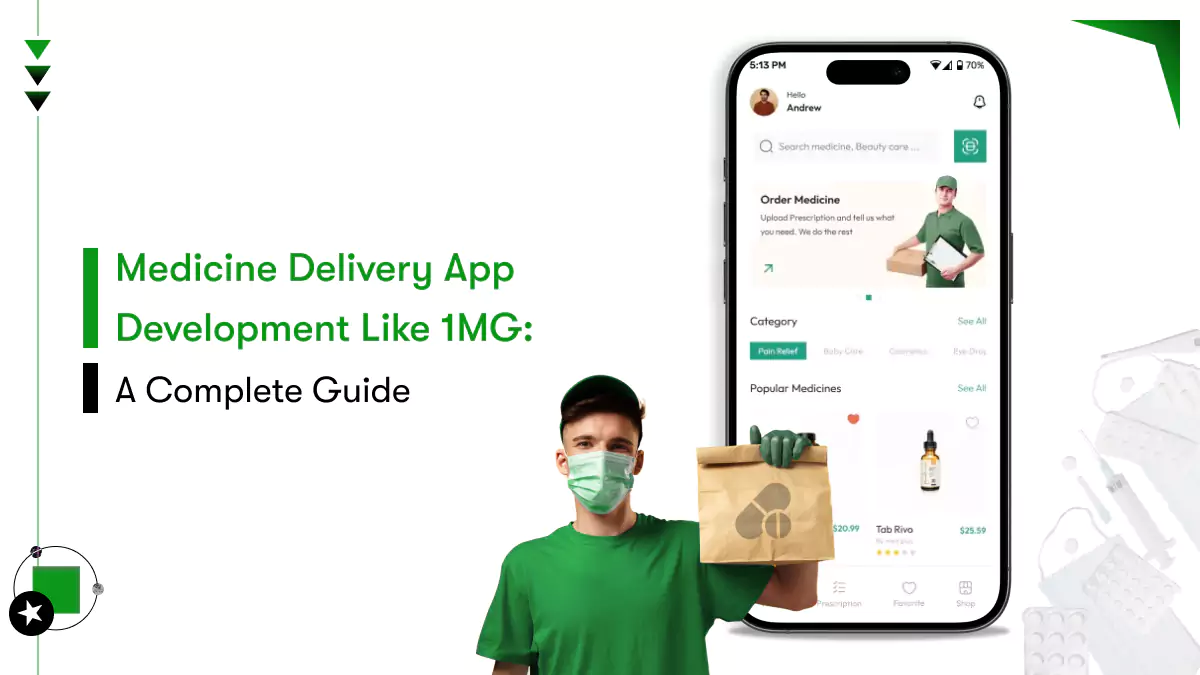
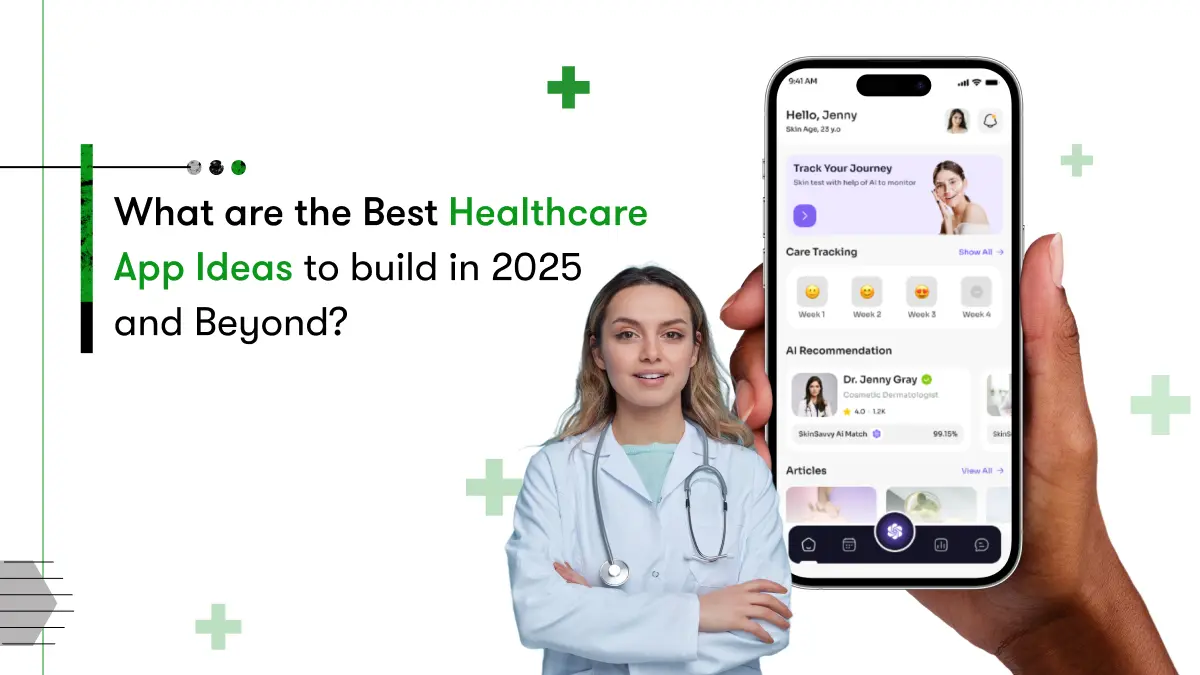
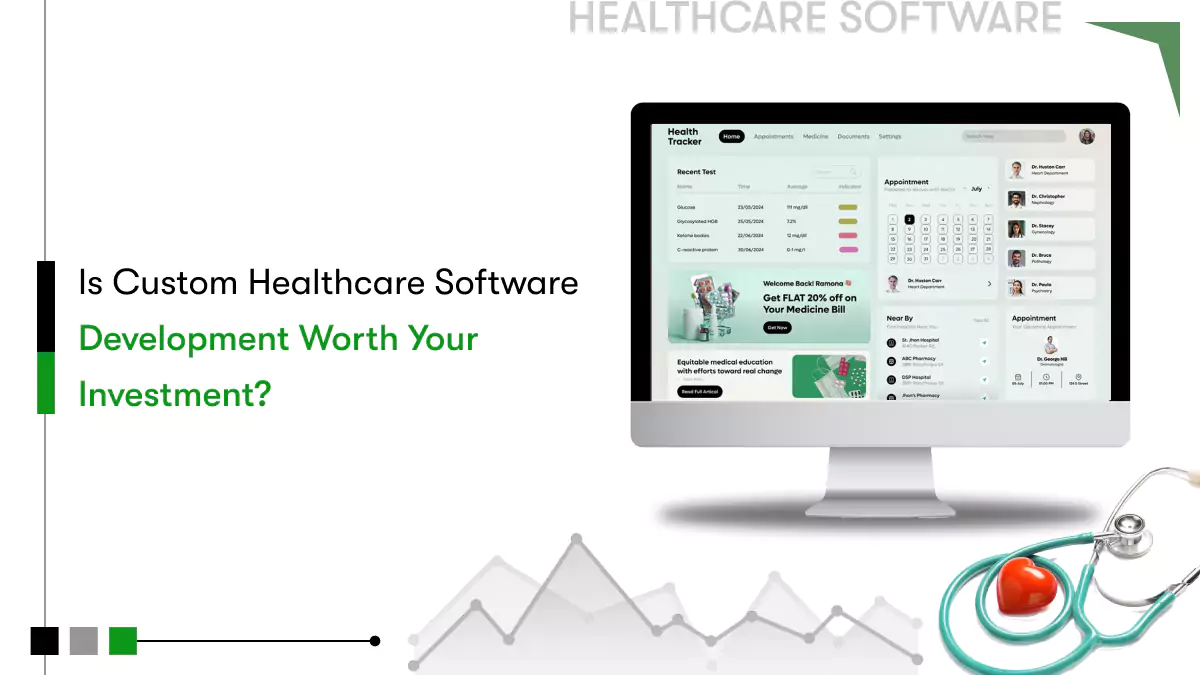
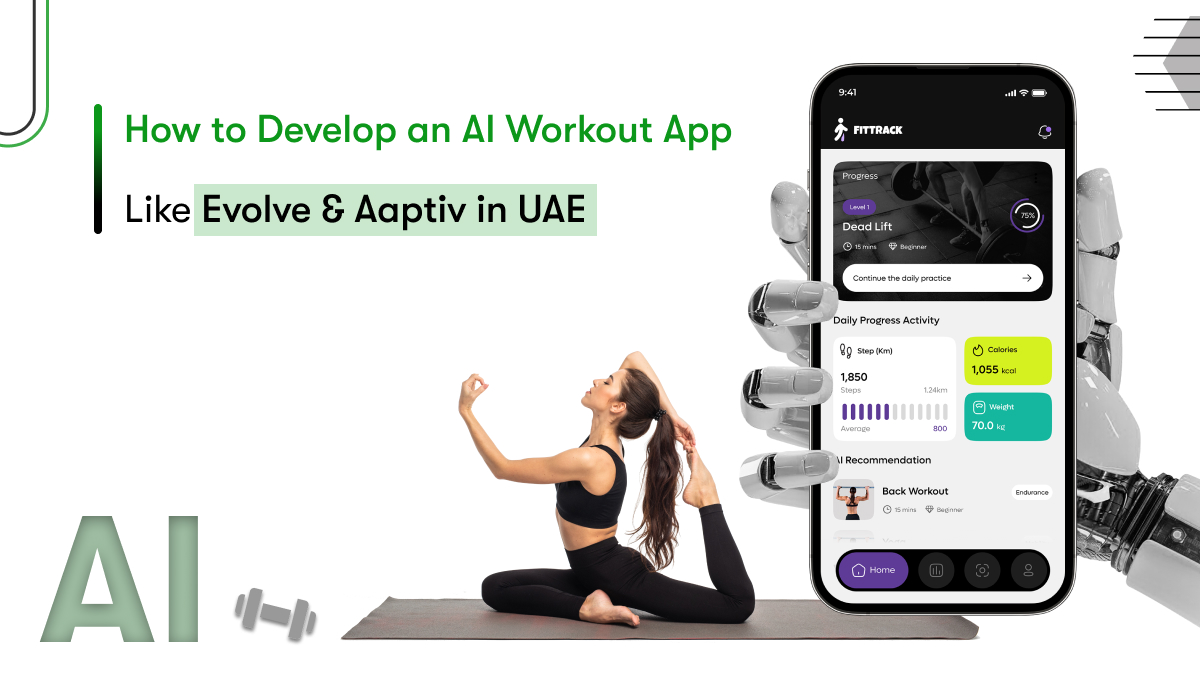
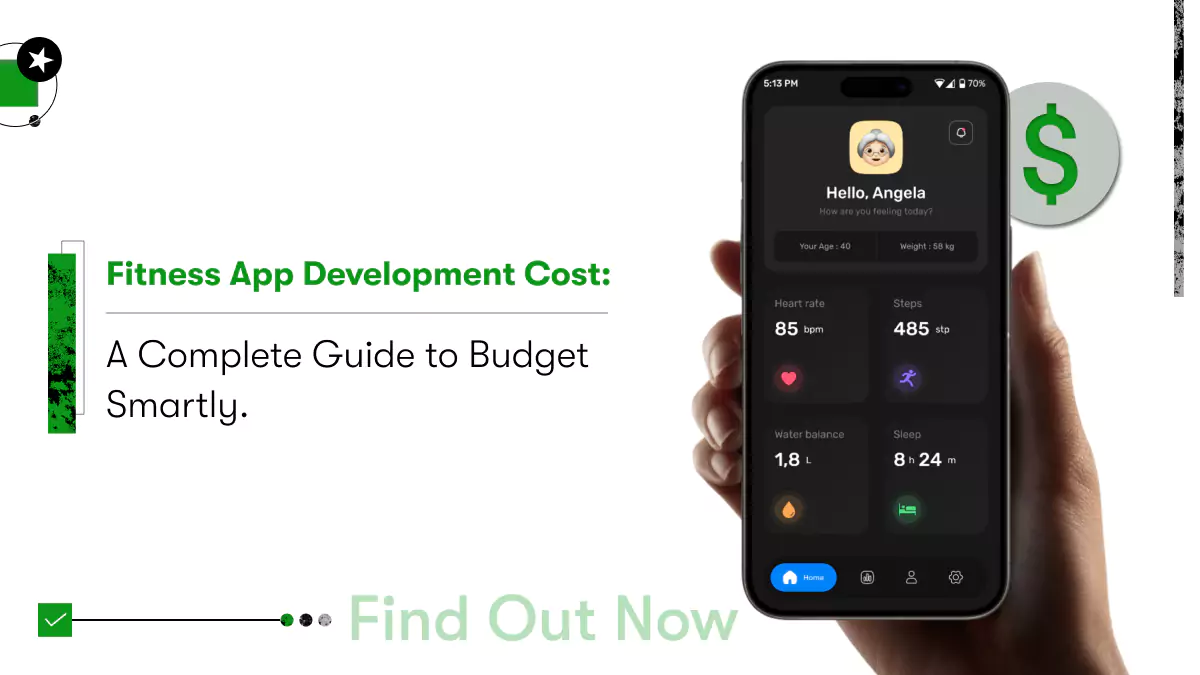





 Contact Information
Contact Information